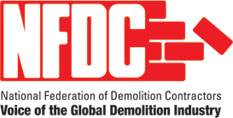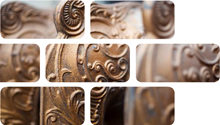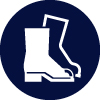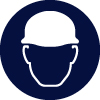
Cast Iron Metal 17 04 05
Cast iron is iron or a ferrous alloy which is heated to a liquid state which is then poured into a mould to create cast products. Cast iron products are cast in various styles, sizes and thicknesses, depending on the specification required. Cast iron products commonly include columns, beams, rafters, lampposts, radiators, baths, fireplaces, stairs, balconies, balustrades, gutters, downpipes, rainwater cats, pipes, soil pipes, brackets, fireguards, ovens, vessels, wheels, wood burners, fence panels, grates, grids, gates, door furniture, tables & chairs, garden furniture, architectural items, ornamental items and water features. They are of varying quality and finish to suit a range of structural, practical and architectural finishes. Cast iron products are often sought after by the reclamation industry and can be of great value, both financially and historically. Some cast iron items will be of heritage value and must be preserved, as identified in the site survey.
Usage & Probable Locations
Cast iron that is used in construction is mostly for non-structural purposes. It is used for drainage, rainwater capture and transfer, plumbing and heating, window and door furniture, garden features, architectural aesthetics and ornamental displays. It is commonly found in, on or around older houses, Victorian and Georgian estates, stately homes, pre-war hospitals, civic buildings, churches, public spaces and specialist gardens.
Personal Protective Equipment
PPE requirements indicated are for guidance purposes only. DRIDS has identified the PPE that is mandatory on all demolition projects and ones that may be required subject to site specific Risk Assessment & Method Statement (RAMS). Hover over the icon to determine the types of PPE required for the removal of this material.
Removal, Segregation & Storage
Cast iron products that are destined for reuse should be deconstructed, segregated and stored carefully and safely, to ensure their integrity and good condition. They should be stored flat on a suitably sized pallet or on timber skids, preferably with timber slats between products to prevent warping, covered in shrink-wrap or stored under cover. They should also be stored away from plant movements to prevent damage. Cast iron materials and broken items destined for recycling need less attention to detail and should be demolished using plant and cutting equipment and stored in metal recycling skips.
Tools
Fixtures, Fittings & Connections
Cast iron products have been traditionally fixed in place with expansion bolts, nuts & bolts, rivets, welding, screws, lead, mastic, bitumen, mortars, mechanical joints or studs. Some products such as garden furniture and some architectural and ornamental items have no fixings, rather they will be free-standing or may be built-into or atop stone and brick walls. Some items will often be painted or coated in other decorative finish which may include gold leaf. Care should be taken with some cast iron items which may be lined or in close proximity to fire resistant materials that will include asbestos, as determined by the site survey.
Health & Safety
Subject to task-specific Risk Assessment & Method Statement (RAMS). Use correct protective equipment for removing bolts, screws, mechanical fixings and mortar. Wear gloves when handling cast iron products and items with damaged edges, coated in paints or that have been used for plumbing or heating to prevent irritation, cuts and iron shards. Wear eye protection when using hand tools. Only use harness protection at height as a last resort. Only use 360 plant, attachments or cutting tools if properly trained. Use appropriate respiratory protection equipment with a cutting torch.













